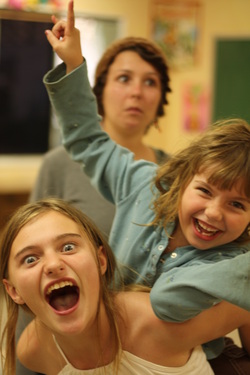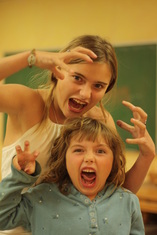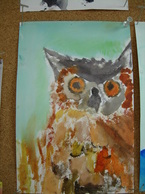The Change

My view of teaching has changed significantly over this last year after becoming a student myself. I’m more empathetic to my students and their needs. My students have brought more material into the classroom from the internet as it has become more accessible to them. Buckingham points out that “at present, there is a lack of easily available support and advice that might help young people negotiate their way through the mass of confusing contradictory and often unreliable information found in new media such as the Web.” (Buckingham, 2008) My current philosophy of education is less focused on idealism and more focused on the practical ways I can help students navigate their world. Being a student has made me more thoughtful about where the theoretical meets the practical.
Finally, as a student I have never been more excited by the educational landscape that I find myself in today. As a dyslexic student I was trepadasious to go back to school even after being heavily encouraged by my students. There are new rules to what success and literacy mean in schools and as Buckingham writes “literacy is not just about making distinctions between "reliable" and "unreliable" sources: it is also about understanding who produces media, how and why they do so, how these media represent the world, and how they create meanings and pleasures." (Buckingham,2008) This new way of looking at literacy gives me incredible hope for education and hope that more voices will be heard and critically understood for the value of their thinking rather than for their style of communication or educational pedigree. References
Boyd, Danah. 2009. "The Not-So-Hidden Politics of Class Online." Personal Democracy Forum, New York, June 30. Buckingham pp. 1-24. (Moodle), D. (Ed.) (2008). Introducing identity. Youth, Identity, and Digital Media.The John D. and Catherine T. MacArthur? Foundation Series on Digital Media and Learning. Cambridge, MA: MIT Press, Burbules, N. C., & Callister, T. A. (2000). Watch IT: The Risks and Promises of Information Technologies for Education (pp.1-17). Boulder, CO: Westview Press. Retrieved from:https://moodle.sonoma.edu/A/mod/resource/view.php?id=444 Rideout, V. (2011). Zero to Eight:Children’s Media Use in America. A Common Sense Media. USA: pp. 7, 25-27. Watkins, S.C. (2012,February 23rd). Changingthe Conversation: rethinking America’s Digital Divide. Retrieved from http://theyoungandthedigital.com/2010/02/23/changing-the-conversation- rethinking-americas-digital-divide/ |



